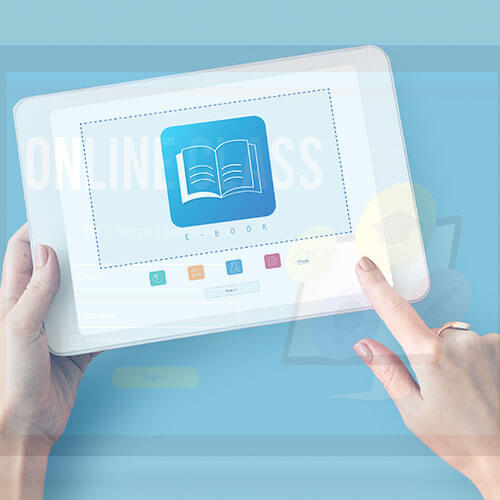LadiTech Online Learning Systems
benefit from LadiTech's services for Online Learning and Academies
- Home
- INDUSTRIALS
- LMS
Many people and organizations face restrictions and barriers in traditional learning contexts. More individuals rely on technology and the internet today to do their daily jobs. These could involve socializing with coworkers, learning new skills for the workplace, or deepening their understanding of a certain subject.
The benefits of online learning are numerous and different for all platforms and target audiences. Numerous institutions and organizations have now used e-learning digital marketing in response to consumers’ evolving requirements and desires for online education. However, the e-learning sector has significant problems, just as earlier advancements.


Digital marketing is a rapidly evolving and fiercely competitive field, therefore it is impossible to expect to stay current with the best methods, tools, and trends by taking just one quick course. The greatest method for delivering digital marketing training is through e-learning, since the information can keep up with the most recent business changes.
The abundance of online courses and informational resources is one issue that many digital marketers face in this area. Finding the important trends and concentrating on creating a plan to move ahead are essential for a digital marketer’s success. Let’s look at some recent developments in digital marketing, important reminders, and training providers who may give you a competitive edge.
The advantages of a web-based learning management system are still unknown to certain people involved in staff training and education. Many businesses and institutions use these services as a method to train large numbers of personnel quickly and affordably, while also saving time and money. Businesses and educational institutions are embracing e-learning more and more. In this article, we’ll cover the key advantages of LMS services for your company and examine the pros and cons of getting one.
In general, e-learning management systems are accessible online. Users can access them by logging into a service provider’s website. Instructional designers can simply use their Internet browsers to develop new courses, upload course materials, and interact with learners without installing course administration and design software on each learner’s PC. All of these tasks are carried out with the use of a secure learning management system, which enables designers to store data online that learners and other authorized users can access from a distance.


VoIP is a technique and a collection of technologies used to deliver voice conversations and multimedia sessions over networks that use the Internet Protocol. Schools, academies, and educational institutions can now effortlessly combine their phone and computer networks thanks to VoIP phone systems. LadiTech provides free calling along with other capabilities like instant messaging (SMS) and video conferencing, making it ideal for educational institutions to centralize their communications.
In the past two years, there has been a surge in the number of new user registrations for LadiTech’s Cloud PBX from schools, colleges, and universities. Education experts have praised LadiTech’s seamless solution for being simple to adjust to and supportive of rapidly changing learning environments.
Through systematic interaction with various information and communication technology tools, students learn through e-learning (ICT). Different capacities are supported by interactive technologies. As technology advancements develop, additional channels for knowledge and learning resource sharing between students and teachers also appear. As a result, e-learning develops together with information technology. The use of new technology and applications to support learners and the learning process is known as e-learning.
The array of technologies used in e-learning are in line with the claim that students must assume full responsibility for their education by interacting with teachers and other pupils. The right tools are provided by information technology to improve the virtual interactions between professors and students. This paper explores the part information technology plays in the success of e-learning systems from this fictitious standpoint.
